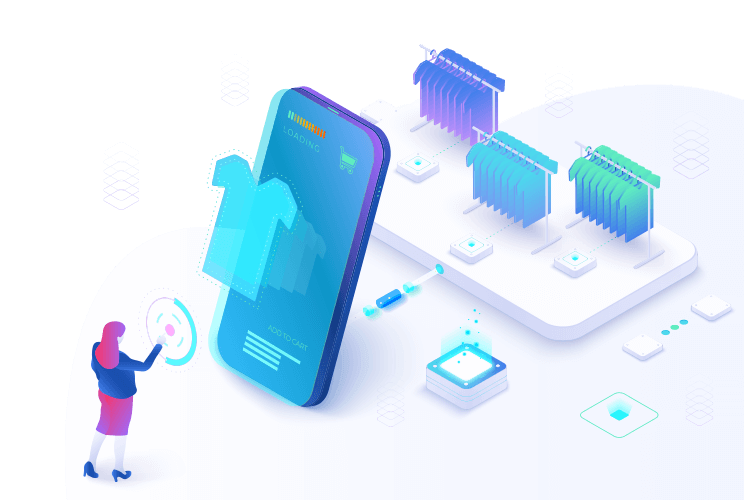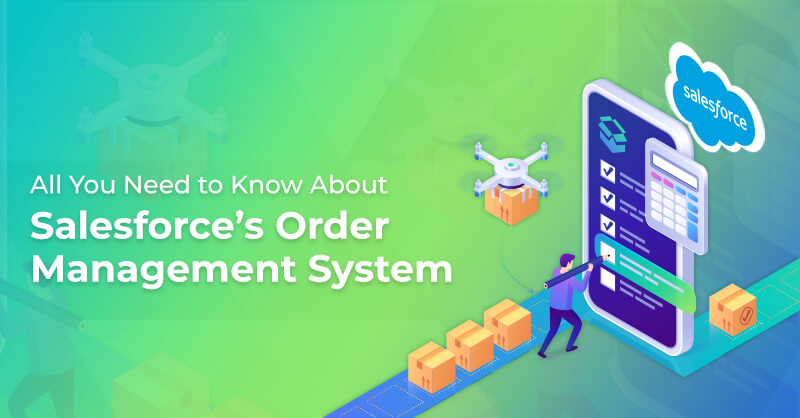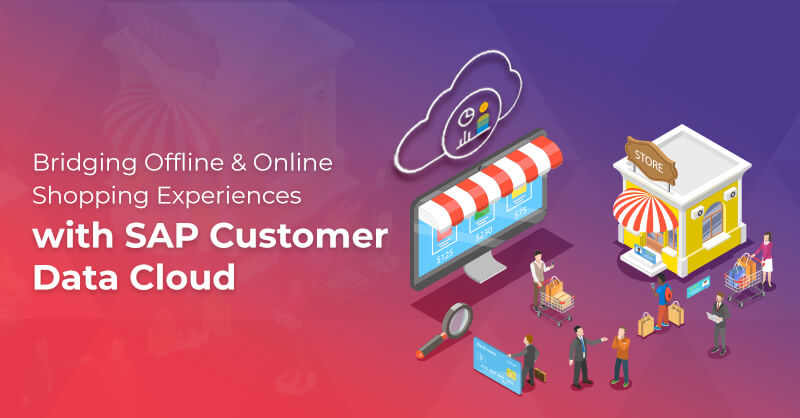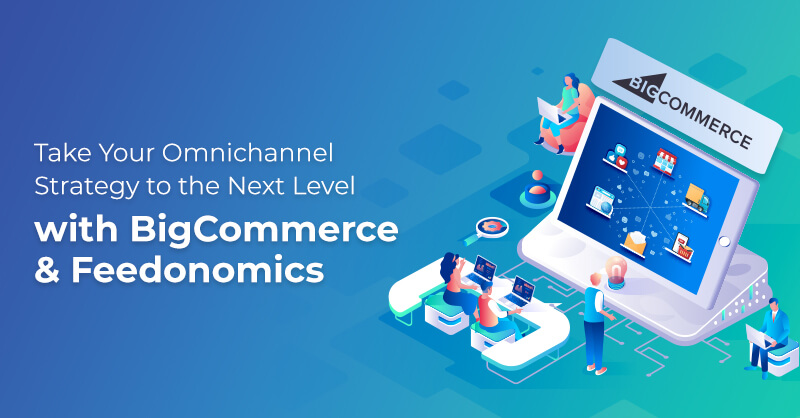Defining Headless Architecture for eCommerce Businesses
Written by Manpreet Kaur
Content WriterThe term “headless” is increasing becoming popular in the eCommerce sphere. As more organizations implement a headless architecture to design their eCommerce storefronts, headless systems' development and steadiness are being enhanced on a daily basis. This blog covers everything about headless architecture, its features, how it works, and in what ways it impacts your digital commerce platforms.
What is a Headless Architecture?
Headless architecture refers to a decoupled architecture meant to design commerce solutions and applications. Here, the frontend is separated from the backend. The frontend refers to components that control user experience which includes what the user views and interacts with, while the backend is the server side of application that governs the structure, specifies business logic, and stores data.
This decoupled architecture ensures all the information stored in the backend is not limited to one medium, channel, or layout, and can be broadcasted to various frontends. A headless system includes – a headless CMS, an API layer that establishes the connection between the frontend and backend, and a static site generator to deliver content to multiple devices.

The headless approach provides businesses with the freedom to design the desired frontend using the preferred tech stack or it can be used on the ‘best of breed’ platforms to create new customer touchpoints.
How Headless Architecture Works
A traditional CMS features an architecture that combines the frontend and backend. Therefore, both portions are highly dependent on each other and lack flexibility, even if they work well. The developers use plugins to extend the functionalities of a CMS.
In contrast, a headless architecture eliminates the coupling of frontend and backend. This implies that no specific way defines how the content should be presented to users. Therefore, the content can be delivered to any device virtually anywhere with help of APIs that push it to devices, thereby delivering a great user experience. We can also refer to this as Content as a Service (CaaS), where you create content once and send it to presentation tiers in XML or JSON formats to publish it multiple times.
Features of Headless Architecture
- Deploy APIs to Connect Frontend and Backend: APIs are software intermediaries that allow communication between frontend and backend. The developers use APIs, specifically REST APIs, to send raw data from backend business logic services to front-end presentation layers.
- Create Omnichannel Presence: The headless architecture allows businesses to create and manage digital experiences across multiple channels. You can easily access and control your content for multiple channels from a single backend.
- Easy Integration: You can easily integrate open-source, custom-built technologies, and third-party systems to create a tech stack that meets development requirements.
- Support Multiple Frameworks and Languages: The headless architecture enables developers to use multiple frameworks and languages, providing them with the liberty to choose the language and framework that suits their project, ecosystem, and preferences.
- Enhance Productivity with Agile Workflows: A headless architecture has agile workflows and microservices that can be managed autonomously. As a result, developers can implement new functionalities without any dependencies as compared to traditional CMS approach. In addition, quick development empowers businesses to acknowledge user feedback and deliver superior customer experiences.
- Support Structured and Composable Content: It helps content marketers and creators to create, edit, and manage composable content. Composable content, also known as structured content, divides content into small building blocks that can be modified and reused on further channels. Web crawlers can access structured content easily, thereby enhancing SEO. It is essential to have a headless CMS with a headless architecture to use structured content.
- Support Composable Commerce: The headless architecture supports composable commerce that enables brands to address their digital needs and accomplish business goals.
Benefits of Headless Architecture
Agnostic
The headless approach allows developers to leverage the frontend framework. They are not limited by a specific CMS or database and can deploy modern technologies to build unique digital experiences and present content in high-performing ways.
Secure
The headless implementation protects your platforms from malicious attacks such as DDoS and SQL injection. These platforms are regularly updated and reduce potential risks compared to traditional CMS.
Scalability
You can add infinite scalability in terms of hosting without paying hefty amounts. The pay-what-you-use model reduces your total ownership costs significantly.
SAP Headless Commerce
Businesses can implement the headless architecture using SAP Commerce Cloud to enhance their outreach and deliver customer-centric experiences. SAP Commerce Cloud offers comprehensive cloud-based solutions for B2C and B2C with advanced product content management, order management, customer management, and omnichannel commerce capabilities. SAP Commerce Cloud allows you to implement headless commerce with its open-source JavaScript-based storefront known as Spartacus.
Spartacus features a decoupled architecture which implies the storefront itself is a distinct entity that, on top of OOTB features, has its personalized features. It communicates with SAP Commerce Cloud or other tools using the REST API, making it an autonomous framework. As a result, you can deliver phenomenal customer experiences across different channels, eliminating the need to update the backend commerce platform.
A headless architecture empowers creators to deliver amazing digital experiences with high-performing commerce solutions. Royal Cyber helps to implement a seamless headless architecture across all digital channels to reap benefits of designing online storefronts and websites. Are you planning to implement a headless commerce? If yes, get in touch with our certified eCommerce experts to know how we can help you scale your business beyond an online existence.



